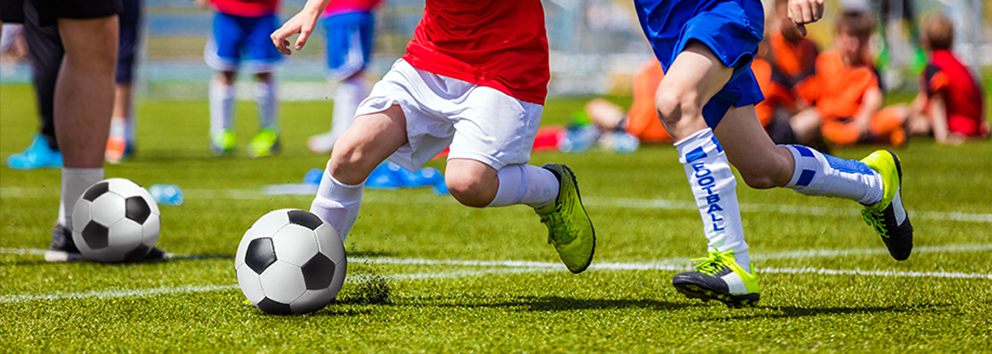
Meniscal tears have become extremely common injuries as a result of the higher level of competition among our young athletes.
Acting as a load bearing cartilaginous structure, located on both the inner and outer aspects of the knee, it provides stability and acts as a major shock absorber for the knee when playing sports. The meniscus also provides the joint with lubrication as well as nutrition.
Injuries to the meniscus usually occur during twisting and colliding sports and may also be associated with injuries to the ACL
(Anterior Cruciate Ligament). On occasion, a meniscal tear can also occur during a deep squatting motion to the knee joint.
Symptoms usually consist of pain, swelling and diminished range of motion. The knee may feel unstable and catching sensation may occur when walking or running.
Diagnosis of a meniscus tear is usually made during a thorough orthopedic clinical examination. MRI’s have become extremely helpful in determining the size, extent and location of the tear.
Treatment of meniscal tears typically consists of arthroscopic surgery (a minimally invasive procedure) that will allow for evaluation of the meniscus and potential for repair.
If the tear is degenerative in nature, or too complex to repair, a partial meniscectomy is usually recommended. From a surgical standpoint it is extremely important to consider repair, especially in younger patients.
It is also prudent to avoid any prolonged conservative treatment when considering surgery, as tears can occasionally become larger, rendering them irreparable.




